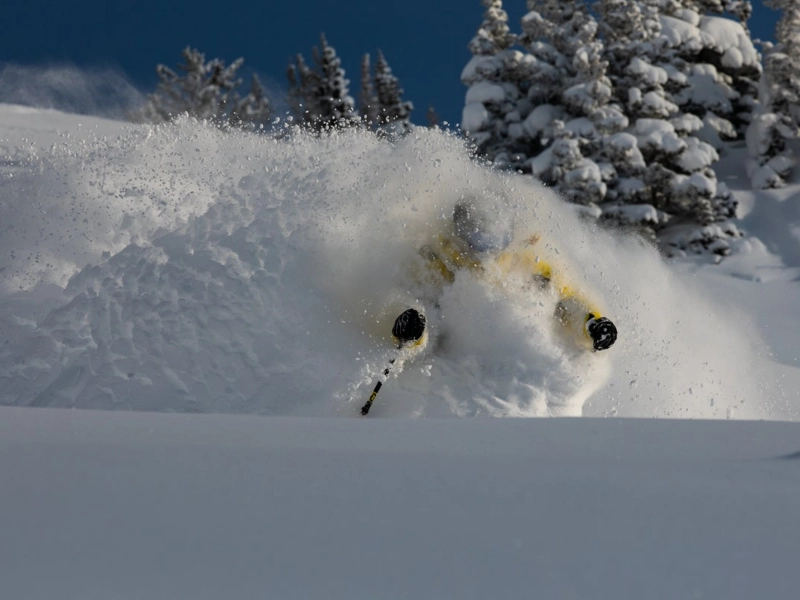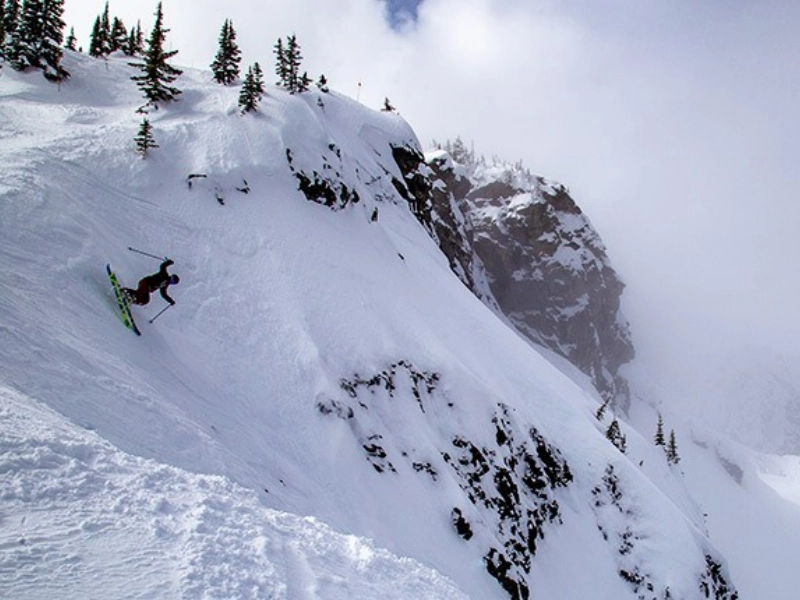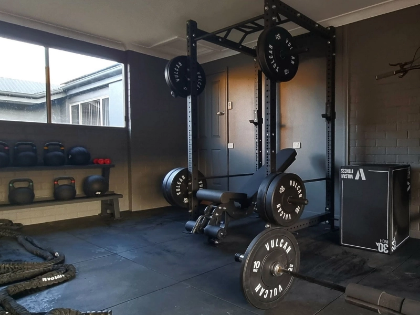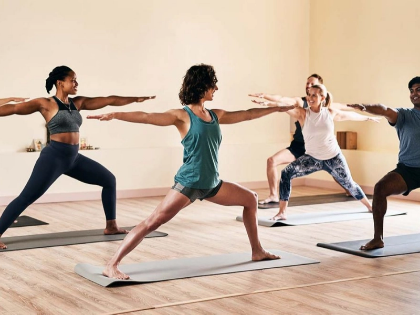Increasing Ski Stamina: Long-Term endurance training
You need a strong core and legs to continue performing at your best. These muscles can be strengthened by a variety of workouts, but the most effective ones frequently resemble the motions you'll perform on the slopes. To increase endurance, start with bodyweight exercises like box jumps and wall sits. You can advance to plyometric training and power endurance circuits as you gain strength.
Exercises for the Aerobics

Putting Your Core Stronger
 An essential component of snowboarding and skiing is the core of the body. Weak core muscles can result in pain, weariness, and bad posture. Planks, sit-ups, and Russian winds are a few workouts that might help strengthen these muscles.
It's crucial to strengthen your legs in addition to your core. Exercises that help develop this leg endurance include box jumps, lunges, and squats. These workouts also simulate the rapid motions required on the hills.
It's time to start modifying your routines to focus more on ski training once you have a strong aerobic foundation. Consider going off-route or even up to steeper trails. Remember to bring those ski poles as well! Use them early in the season to start retraining your arms to work in unison with your leg cadence.
An essential component of snowboarding and skiing is the core of the body. Weak core muscles can result in pain, weariness, and bad posture. Planks, sit-ups, and Russian winds are a few workouts that might help strengthen these muscles.
It's crucial to strengthen your legs in addition to your core. Exercises that help develop this leg endurance include box jumps, lunges, and squats. These workouts also simulate the rapid motions required on the hills.
It's time to start modifying your routines to focus more on ski training once you have a strong aerobic foundation. Consider going off-route or even up to steeper trails. Remember to bring those ski poles as well! Use them early in the season to start retraining your arms to work in unison with your leg cadence.
Exercises for Balance
 It takes a combination of muscle and technique to negotiate slopes run after run throughout a ski day. While leg muscles are more needed for skiing than arm muscles are, stability and control also depend on a strong core. Planks, Russian Wists, and sit-ups are examples of core workouts that help build the balance needed for skiing.
Skiing stamina also includes cardiovascular endurance because the sport is typically played at higher elevations, when oxygen levels are lower and exhaustion sets in more quickly. Enhancing cardiovascular endurance through exercises connected to the heart, such as walking, biking, and running, allows skiers to perform at a higher level and increases their capacity to withstand short bursts of intense activity on the slopes.
Raise the intensity of your bodyweight ski workouts by adding resistance exercises, like Bosu ball squats and lunges, or by progressively picking up the pace while running. Aim to increase the repetitions of core exercises as well, like a basic plank or single-leg Romanian deadlifts.
It takes a combination of muscle and technique to negotiate slopes run after run throughout a ski day. While leg muscles are more needed for skiing than arm muscles are, stability and control also depend on a strong core. Planks, Russian Wists, and sit-ups are examples of core workouts that help build the balance needed for skiing.
Skiing stamina also includes cardiovascular endurance because the sport is typically played at higher elevations, when oxygen levels are lower and exhaustion sets in more quickly. Enhancing cardiovascular endurance through exercises connected to the heart, such as walking, biking, and running, allows skiers to perform at a higher level and increases their capacity to withstand short bursts of intense activity on the slopes.
Raise the intensity of your bodyweight ski workouts by adding resistance exercises, like Bosu ball squats and lunges, or by progressively picking up the pace while running. Aim to increase the repetitions of core exercises as well, like a basic plank or single-leg Romanian deadlifts.
Exercises for Flexibility
 Diverse muscle-working exercises are an essential component of quality ski training. Exercises that improve flexibility, such as planks, squats, lunges, and Russian twists, are good for strengthening your hips, back, and core. These muscles will help you keep balanced and prevent injuries when skiing.
Skiers with cardiovascular training have better hearts and lungs overall. Short bursts of intensity are the best kind of exercise, but any activity that makes a skier's heart rate go up and their breathing become laboured will help them gain endurance.
Choose an exercise that is appropriate for your skier's skill level and fitness level to begin with, then progressively increase the time or intensity. Setting clear objectives for endurance will keep your skiers' training focused and motivated. Give them a challenge, such as running for 20 minutes the following week, if they ran for 15 minutes the previous week. By alternating periods of high-intensity activity with lower-intensity activities, interval training is also an excellent method for developing your skiers' cardiovascular endurance.
Diverse muscle-working exercises are an essential component of quality ski training. Exercises that improve flexibility, such as planks, squats, lunges, and Russian twists, are good for strengthening your hips, back, and core. These muscles will help you keep balanced and prevent injuries when skiing.
Skiers with cardiovascular training have better hearts and lungs overall. Short bursts of intensity are the best kind of exercise, but any activity that makes a skier's heart rate go up and their breathing become laboured will help them gain endurance.
Choose an exercise that is appropriate for your skier's skill level and fitness level to begin with, then progressively increase the time or intensity. Setting clear objectives for endurance will keep your skiers' training focused and motivated. Give them a challenge, such as running for 20 minutes the following week, if they ran for 15 minutes the previous week. By alternating periods of high-intensity activity with lower-intensity activities, interval training is also an excellent method for developing your skiers' cardiovascular endurance.









